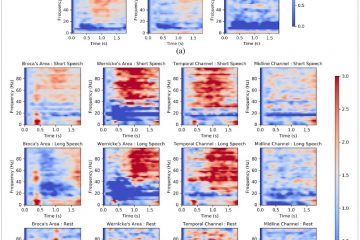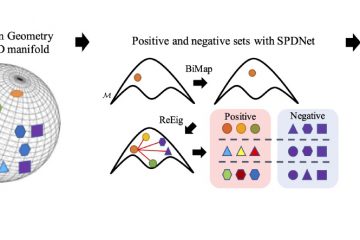This work presents a low-cost noninvasive brain computer interface (BCI) hybridized with eye tracking and discusses its feasibility through a Fitts law-based quantitative evaluation method. Noninvasive BCI has been gaining attention. However, limited bandwidth still restricts its reliable application to practical tasks. In addition, interface devices are generally very expensive and large. To bring the BCI applications into real life, user-friendly and comfortably carriable devices would be requested. In this work, EEG-based BCI combined with eye tracking is investigated as an approach to realize real-world BCI. The two interfaces can be complementary to attain improved performance. In order to consider the device public availability, a low-cost interface device was intentionally used for testing. A low-cost commercial EEG encoding device was integrated with an inexpensive custom-built eye tracker. The developed hybrid interface was evaluated through target pointing and selection experiments. Eye movement was interpreted as cursor movement while noninvasive BCI was used to select a cursor point with two selection confirmation schemes. Using Fitts law, the proposed interface scheme was compared with other interface schemes such as mouse, eye tracking with dwell time, and eye tracking with keyboard. In conclusion, the proposed hybrid BCI scheme is discussed with respect to practical human-computer interaction (HCI). Although some issues remain to be resolved, the proposed hybrid BCI system has the potential to be practically useful in a natural and intuitive manner.
![]()
Related publications
1. M Kim, B Kim, S Jo, Quantitative evaluation of a noninvasive hybrid interface based on EEG and eye movement, IEEE Transactions on Neural Systems & Rehabilitation Engineering, 23(2), 159-168, 2015. [LINK][PDF]
2. B Kim, M Kim, S Jo, Quadcopter flight control using a low-cost hybrid interface with EEG-based classification and eye tracking, Computers in Biology and Medicine, 51:82-92, 2014. [LINK][PDF]
3. M Kim, Y Chae, S Jo, Hybrid EEG and eye movement interface to multi-directional target selection, proceeding of IEEE EMBS 2013[PDF]

